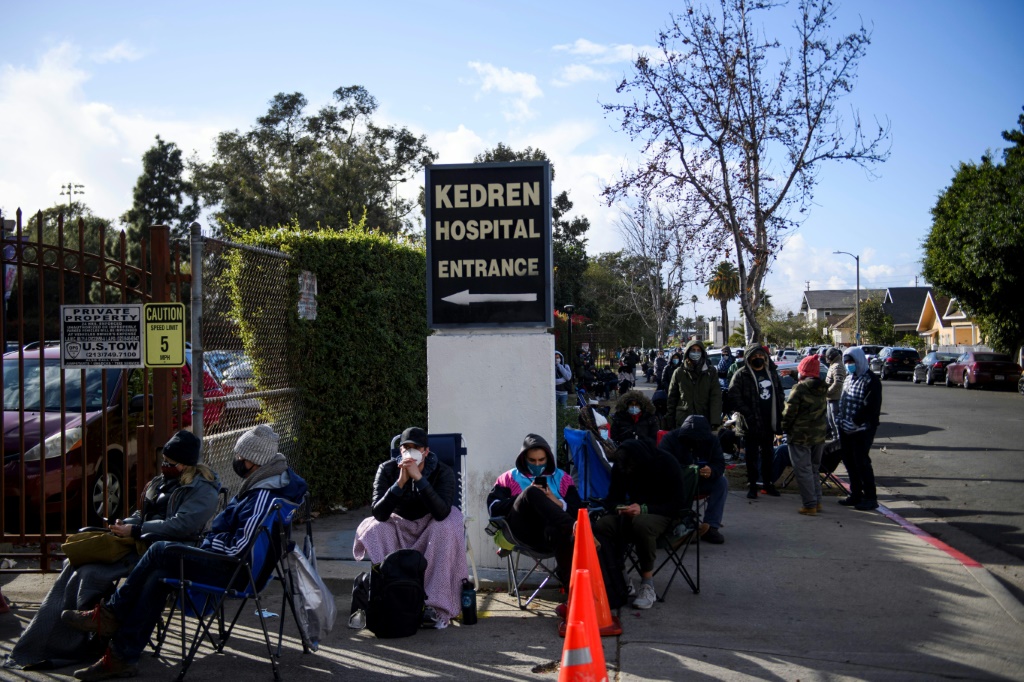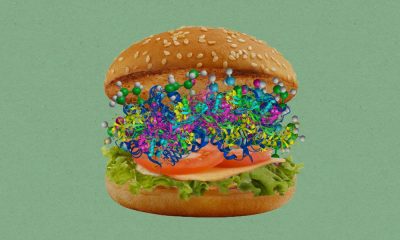Last Saturday, the New South Wales government announced a two-week lockdown for Greater Sydney, the Blue Mountains, Central Coast and Wollongong after a spike in new COVID cases.
It’s spawned a lot of commentary about whether NSW delayed going into lockdown, and therefore has caused itself a longer lockdown. Indeed, one modelling study by University of Sydney researchers, published last November, estimated delaying lockdown by three days would extend the lockdown by three weeks.
But it’s not that simple.
This kind of modelling is about using lockdown as a primary intervention where you’re relying on the lockdown itself to snuff out transmission. Even if the cases aren’t tested and recognised, the virus eventually runs out of new susceptible people to infect. This isn’t the case in NSW, which is still relying on a strategy of test, trace and isolate.
If this lockdown is about buying time to allow contact tracers to get in front of the virus by getting all at-risk contacts of cases in quarantine before they’re infectious, then a day’s “delay” is probably not going to add weeks to it. The modelling doesn’t apply in this scenario.
Whenever we’re evaluating a lockdown, there’s always an element of “hindsight being 20/20”. Some of the circuit-breaker lockdowns we’ve had over the past year didn’t change the management of cases and contacts because all community transmission that did occur after lockdown was among known contacts already in quarantine. But we didn’t know that until after the lockdown was called. Circuit-breakers are essentially insurance policies or safety nets (though we should still evaluate them to know when they are justified).
During this pandemic we’re often making decisions in situations of considerable uncertainty.
Things have clearly shifted in our latest outbreaks in Victoria and NSW. Contact tracers have been very effective at finding, linking and documenting the spread of cases. And in NSW’s latest outbreak, health authorities have had the added advantage of discovering the cluster within the first generations of spread. This means they’ve been able to collect data on where the virus was, and how transmission was occurring, in almost real time.
It’s easy to sit here and say locking down earlier would have made a difference. But when should it have been called? When we knew of only ten cases the Saturday before last? While infections among casual contacts were concerning, nobody knew 24 future cases would soon be exposed to a case at private party of 30 held later that same night.
So what works best in situations like this — go early just in case? I would argue go with the data when you are this close to the leading edge of the outbreak. Assess the data in real time and be prepared for a rapid change in response.
The emerging story over last week was of many cases, but almost all linked to the known cluster. By week’s end, it was clear at least one branch of the outbreak was missed with multiple cases infectious in the community over five days or more.
What led to this lockdown?
Rather than relying on high-level modelling of transmission risk and projections, we can also build a detailed picture of the epidemiology of an outbreak as it is playing out.
NSW has had very detailed transmission data on almost all cases, bar a handful, which puts them in a strong position.
A potential risk in relying on contact tracing is how quickly things can escalate if you miss a major chain of infection. This was the case for the cluster involving a seafood wholesaler in Marrickville, which was spreading invisibly and had transmissions going back a week before they caught it. On Sunday, ten of the 30 new cases announced were linked to this cluster.
Another factor was casual transmission. This Delta variant is much more infectious than previous strains, and some of the early cases in this outbreak occurred from merely “fleeting” exposure. Some of these early transmissions happened in places where health authorities couldn’t be confident they could track down all casual contacts, and those who were exposed may have underestimated their risk of having been infected.
Yes it’s true almost all the cases are “linked” to previously known cases, but some of these were linked via a convoluted, longer path as a contact of earlier missed cases. This meant more people circulating while infectious over a larger number of days.
The distribution of cases also played a role. Even though it seems to still be largely focused around Bondi, cases and potential exposures were now spread beyond.
Should NSW have locked down a few days earlier? It’s hard to say, but will be important to evaluate when things settle
A lot of people forget there were only ten cases in total in this outbreak just over a week ago. There were two new cases per day between June 16 and 20 inclusive, which are numbers we all know are manageable for NSW contact tracers.
Should they have gone into a full lockdown on Sunday, June 20, when they had a total of ten cases? I don’t think you could defend that epidemiologically.
Cumulative cases then went from ten to 25 two days later, to 54 another two days later on June 24, to 112 on Saturday June 26 when lockdown was announced.
It looked like they were right on top of it, and were very close to getting to all contacts before their infectious periods. But they were still probably a day or so behind the virus. Even one infectious day each in the community by a few contacts simultaneously is very risky and adds to exposure sites.
This Delta variant also seems to have reduced the time between cases being exposed to the virus and becoming infectious themselves, according to NSW Chief Health Officer Kerry Chant.
All this painted a very different picture to the week before, and would have contributed to the decision to lock down.
We need to analyse the data
Now we need to evaluate this outbreak response, along with all others in Australia, and learn more about how the virus moves through our communities, our weak points, our most effective containment measures, and the optimal timing of these.
The lockdown won’t yet have played a significant role for new cases. But we also know from the timing of cases that locking down a few days earlier wouldn’t have stopped the seafood wholesaler outbreak, nor would it stop spread in high-risk essential workplaces.
Analysing the outbreak aims to understand any additional cases that might have been prevented with earlier lockdown, or how many cases will be prevented with lockdown in place now. It will allow us to, under various alternate scenarios, use these rich detailed case data to remove some of the uncertainty next time.
Catherine Bennett, Chair in Epidemiology, Deakin University
This article is republished from The Conversation under a Creative Commons license. Read the original article.
















